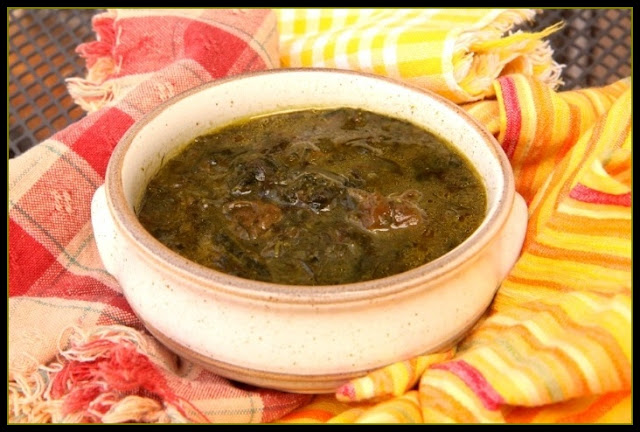Acorn Polenta
Here's what I've learned this year. Acorns aren't just good for making bread and sweets. They stand up well in all manner of savory dishes. I've had particularly good luck using acorns in place of some traditional corn recipes like tamales and arepas. The first time I tried to use acorn meal instead of corn for polenta, I wasn't certain it would work. Sure enough, though, it pulled together after a lot of stirring, just like any good polenta.
If you are new to processing and cooking with acorns, please refer back to my acorn falafel post for detailed instructions about how to deal with them.
For years, I struggled with polenta. Not that making it was hard. It just always seemed to be lacking something, so I'd add too much cheese and end up with a cheesy mess. Then my friend Christian Spinillo, of Ham Sweet Farm, taught me a little trick - make it with half milk, half water. Like magic, I was able to make polenta with the creamy texture I desired without over-cheesing it (don't get me wrong, one of my nicknames is Cheese Hoover, I love the Dairy Fairy). I used the exact same recipe with acorns and ended up with a rich and filling gruel. I suppose the only down side to using half milk is the acorn polenta ends up looking rather like refried beans. But it tastes great, and stands up well to other deep flavors. I served mine with a 36-hour sauce of oxtail and porcini. Acorn polenta is equally nice with roasted vegetables. If you've got any fresh greens around, be it dandelion or chickweed, I would serve those atop an acorn polenta dish to balance out the richness.
Acorn Polenta
2 c. water
2 c. whole milk
1 c. acorn meal*
1/2 tsp. salt
4 Tbsp. grated hard cheese, such as Parmesan
1 Tbsp. cold butter
1. In a medium saucepan, combine the water, milk, acorn meal, and salt.
2. Turn the heat up to medium, and start whisking. Once the mixture starts to simmer, turn the heat down to medium-low. Continue whisking the acorn polenta every few minutes until it thickens to the texture of a paste. As with corn polenta, this could take 30-45 minutes. When it gets too thick to whisk, switch to a wooden spoon. Be patient, keep stirring to make sure it doesn't stick to the bottom of the pan and burn, and don't walk away from it for any length of time. Enjoy the process, maybe have a glass of wine.
3. Once the acorn polenta has gotten quite thick, so that it makes gloppy volcanic bubbles, stir in the cheese and the butter. The cheese works wonders to tighten it up further, and the butter will make it shiny. Taste the acorn polenta. Does it need more salt? If so, adjust the salt to your pleasure. Serve immediately.
*The acorn meal I use has been roasted prior to leaching, so it has a deep, malty flavor.




